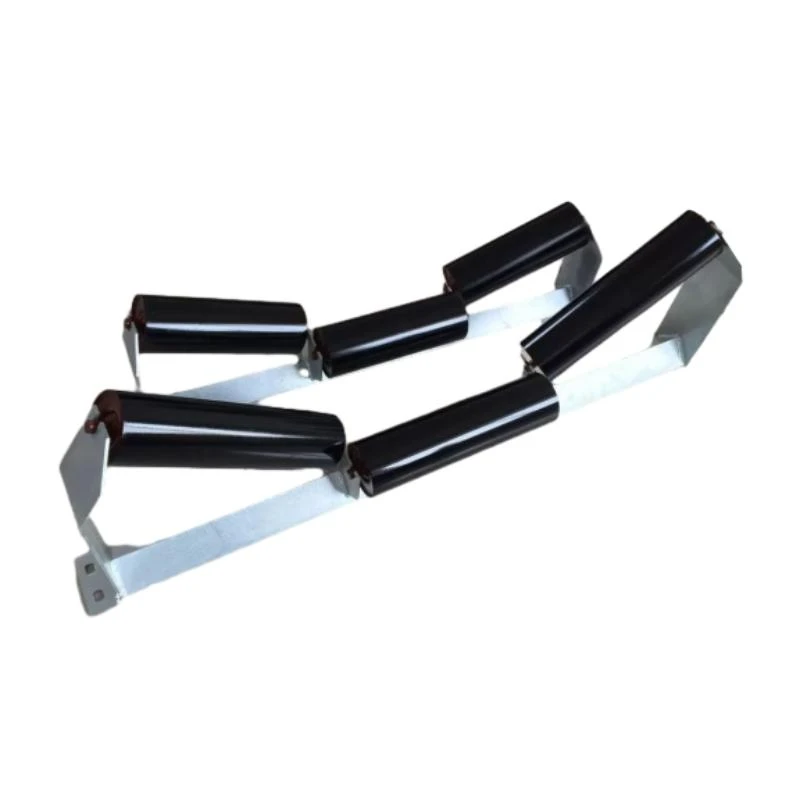 Afrikaans
Afrikaans  Albanian
Albanian  Amharic
Amharic  Arabic
Arabic  Armenian
Armenian  Azerbaijani
Azerbaijani  Basque
Basque  Belarusian
Belarusian  Bengali
Bengali  Bosnian
Bosnian  Bulgarian
Bulgarian  Catalan
Catalan  Cebuano
Cebuano  Corsican
Corsican  Croatian
Croatian  Czech
Czech  Danish
Danish  Dutch
Dutch  English
English  Esperanto
Esperanto  Estonian
Estonian  Finnish
Finnish  French
French  Frisian
Frisian  Galician
Galician  Georgian
Georgian  German
German  Greek
Greek  Gujarati
Gujarati  Haitian Creole
Haitian Creole  hausa
hausa  hawaiian
hawaiian  Hebrew
Hebrew  Hindi
Hindi  Miao
Miao  Hungarian
Hungarian  Icelandic
Icelandic  igbo
igbo  Indonesian
Indonesian  irish
irish  Italian
Italian  Japanese
Japanese  Javanese
Javanese  Kannada
Kannada  kazakh
kazakh  Khmer
Khmer  Rwandese
Rwandese  Korean
Korean  Kurdish
Kurdish  Kyrgyz
Kyrgyz  Lao
Lao  Latin
Latin  Latvian
Latvian  Lithuanian
Lithuanian  Luxembourgish
Luxembourgish  Macedonian
Macedonian  Malgashi
Malgashi  Malay
Malay  Malayalam
Malayalam  Maltese
Maltese  Maori
Maori  Marathi
Marathi  Mongolian
Mongolian  Myanmar
Myanmar  Nepali
Nepali  Norwegian
Norwegian  Norwegian
Norwegian  Occitan
Occitan  Pashto
Pashto  Persian
Persian  Polish
Polish  Portuguese
Portuguese  Punjabi
Punjabi  Romanian
Romanian  Russian
Russian  Samoan
Samoan  Scottish Gaelic
Scottish Gaelic  Serbian
Serbian  Sesotho
Sesotho  Shona
Shona  Sindhi
Sindhi  Sinhala
Sinhala  Slovak
Slovak  Slovenian
Slovenian  Somali
Somali  Spanish
Spanish  Sundanese
Sundanese  Swahili
Swahili  Swedish
Swedish  Tagalog
Tagalog  Tajik
Tajik  Tamil
Tamil  Tatar
Tatar  Telugu
Telugu  Thai
Thai  Turkish
Turkish  Turkmen
Turkmen  Ukrainian
Ukrainian  Urdu
Urdu  Uighur
Uighur  Uzbek
Uzbek  Vietnamese
Vietnamese  Welsh
Welsh  Bantu
Bantu  Yiddish
Yiddish  Yoruba
Yoruba  Zulu
Zulu conveyor belt idler design
Conveyor Belt Idler Design An Overview
In industrial settings, conveyor belts serve a critical role in material handling and transportation processes. A well-designed conveyor belt system is vital for efficiency, productivity, and the safety of operations. Central to the functionality of these systems is the conveyor belt idler, an essential component that contributes to the overall performance and longevity of the conveyor belt.
Conveyor belt idlers are cylindrical rollers that support the belt and the materials being transported. They help maintain the belt's alignment, reduce friction, and minimize wear, thereby enhancing the overall efficiency of the conveyor system. The design of these idlers is crucial, as it directly influences the conveyance process's effectiveness and the maintenance requirements of the system.
Key Considerations in Idler Design
1. Load Capacity One of the foremost considerations in designing a conveyor belt idler is its load capacity. Idlers must be engineered to handle the weight of the materials being transported without compromising structural integrity. Factors such as the type of materials, length of the conveyor, and operational conditions play a significant role in determining the appropriate load rating for idlers.
2. Material Selection The materials used in the construction of idlers are also pivotal. Typically, steel or durable plastics are used because of their strength and resistance to wear and corrosion. The choice of material affects the idler's longevity, maintenance needs, and overall cost. Hence, designers must balance durability with weight to enhance efficiency.
3. Roller Design The design of the roller itself, including its diameter and length, can influence performance. Larger diameter rollers can reduce the friction between the belt and the roller, leading to lower energy consumption. However, they may also increase the overall system weight, which could be a trade-off in certain applications.
conveyor belt idler design

4. Sealing and Protection Idlers are often exposed to harsh operational conditions, including dust, moisture, and heavy loads. Sealing mechanisms protect the bearings within the idler, preventing contamination and prolonging their life. Different environmental conditions necessitate specific sealing solutions; hence, designers must consider the operating environment when selecting sealing methods.
5. Alignment and Adjustment Proper alignment of the idlers is critical to minimize belt misalignment and wear. Adjustable idlers allow for fine-tuning, ensuring that the conveyor belt remains properly centered during operation. Precision in alignment reduces maintenance issues and facilitates smooth operation, thereby enhancing efficiency.
Maintenance and Performance Monitoring
Regular maintenance of conveyor belt idlers is essential for ensuring optimal performance. This includes monitoring for signs of wear, checking for proper alignment, and ensuring that seals and bearings remain intact. Implementing performance monitoring systems can help identify potential issues before they lead to system failures, thereby reducing downtime and maintenance costs.
Conclusion
The design of conveyor belt idlers plays a significant role in the overall performance of conveyor systems. By carefully considering factors such as load capacity, material choice, roller design, sealing, and alignment, engineers can create idlers that not only support the conveyor belt effectively but also enhance the system's longevity and functionality. As industries continue to evolve and demand more from their material handling systems, the importance of innovative and robust idler designs will only grow. Investing in high-quality idler design not only benefits operational efficiency but also contributes to increased safety and reduced maintenance costs, making it an essential focus for any conveyor system.
-
Revolutionizing Conveyor Reliability with Advanced Rubber Lagging PulleysNewsJul.22,2025
-
Powering Precision and Durability with Expert Manufacturers of Conveyor ComponentsNewsJul.22,2025
-
Optimizing Conveyor Systems with Advanced Conveyor AccessoriesNewsJul.22,2025
-
Maximize Conveyor Efficiency with Quality Conveyor Idler PulleysNewsJul.22,2025
-
Future-Proof Your Conveyor System with High-Performance Polyurethane RollerNewsJul.22,2025
-
Driving Efficiency Forward with Quality Idlers and RollersNewsJul.22,2025





























